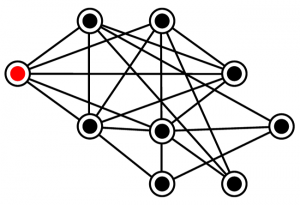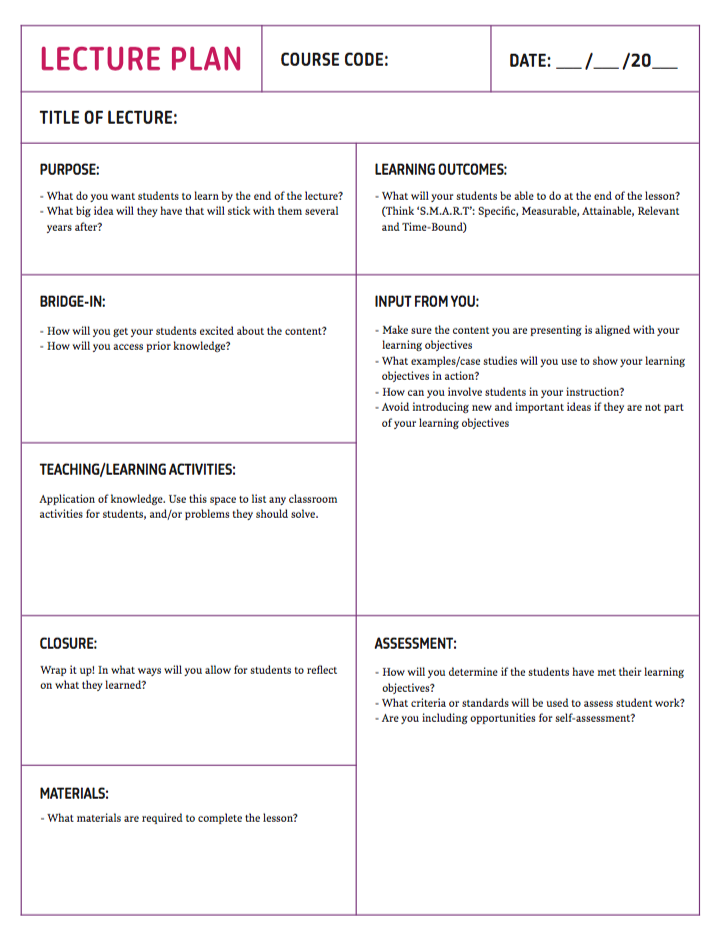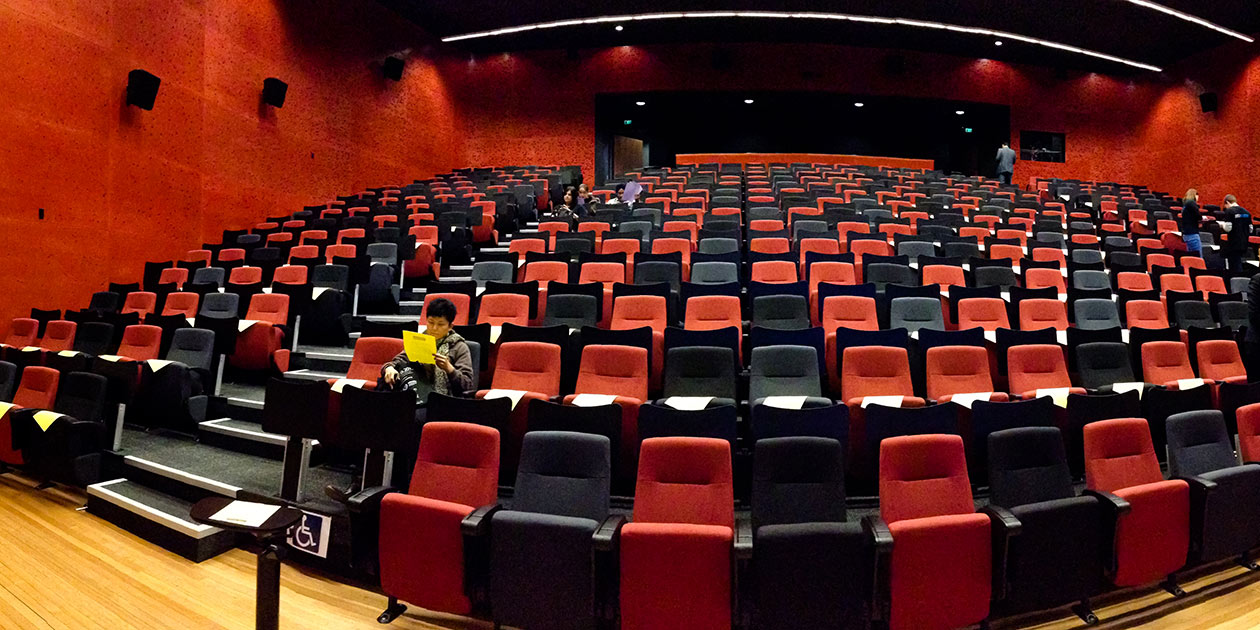Many higher education instructors have come to rely on technologies that track student attendance. These technologies help educators keep tabs on who attends, encourage participation and monitor students who struggle with lessons. At some institutions, attendance is counted as part of a student’s final grade. For educators, it’s essential to choose an accurate and reliable attendance tracker.
There are several methods of tracking attendance on the market. Here’s my evaluation of the most popular technologies:
Polling
Polling registers students as present in class by requiring them to answer a polling question or enter a special code on their laptops or phones.
Pros:
- This simple solution can be used on all kinds of devices, including older phones and flip phones.
- No special setup required by instructors.
Cons:
- Students are able to join when the attendance code is displayed, and then skip out later.
- Other students can “fake” attendance by logging into the platform at home. Their friends who are attending the lecture send them the code or poll answer.
Geolocation
Geolocation pinpoints a phone’s position by calculating the signal strength of cell towers, and by sending radio signals to the Global Positioning System (GPS). As long as there’s enough information for your phone to calculate a location, this approach can be extremely precise.
Geolocation uses the same technology as in-car satellite navigation. On an iPhone, you’ll see this icon while your position is being tracked:

Inside buildings where GPS signals may be difficult to receive, geolocation can also work by using WiFi access points to triangulate the location of a device.
In order to use geolocation, an instructor needs to set up a “geofence”—an area on a map enclosing his or her lecture hall—and count all devices within that area as attending their lecture.
Pros:
- Location tracking is available on all smartphones and newer laptops, and requires no setup by the students.
- Student devices need to appear within the geofence to register attendance, which means cheating through sharing the code is impossible.
Cons:
- Location tracking can produce inaccurate results based on a variety of factors, such as how long since it was last used, landscape and signal strength. This may lead to false negatives, where a student is marked absent when in fact he or she did attend class. Because of this, GPS can’t be relied upon as the sole method of identifying in-class students
- Location can also be easily feigned. Several apps on the App Store, for instance, allow any location to be set on a Mac, as well as all modern web browsers. This makes this solution no better than using an attendance code—without even requiring a “friend” inside the lecture.
- Location services technology is a heavy battery drain, needing eight to 14 percentage points of battery life an hour.
- The geofence needs to be established. This may only need to be done once, but if your regular class has been moved (or is taking place in a non-class setting), you would need to re-set the fence.
Proximity detection
Instead of using satellites to find student location data, this method checks whether students are close to one another. Proximity works by establishing a beacon (usually, the instructor, although it could be a random student) and determining if each student is close to the beacon.

How proximity works. In the example above, the point colored red is the beacon
Proximity detection works the same way as taking attendance by sight—except your phone is checking off names, not you.
Pros
- No information about the specific location of a student is stored—only where each student is in relation to other people. This preserves student confidentiality.
- Checking attendance of a student depends on where the instructor is, or wherever else the beacon has been set, making the data much more difficult to fake.
- Proximity systems are much more battery efficient than geolocation.
- This approach can also track when a student leaves class early.
Cons
- Currently, only mobile phones have the ability to listen for proximity beacons, although a solution for web browsers on laptops is being developed.
- It’s possible that students can find a loophole by having a peer physically take the phones to class. But most students would be reluctant to be separated from their phones—even for a short time.
Choosing the best attendance tracker isn’t easy. At Top Hat, we’ve been testing each method and have come up with a hybrid solution—combining the best features of polling, geolocation and proximity detection, with industry-leading accuracy and reliability. Top Hat Classroom’s enhanced attendance tracking solution is available to all users now. Book a one-on-one demo to see Top Hat in action here.
Related story
Why students should be allowed to use cellphones in school
Related pages
Learn more about Top Hat’s seamless attendance tracker app

Once your students make it to class, keep them coming. Try our free teaching resources kit, built by Top Hat’s instructional designers, to help plan activities, lectures, assessments and more.
Download your free Top Hat Toolkit Here:
Image credit: Bruno Castro from the Noun Project, Creative Commons 3.0


